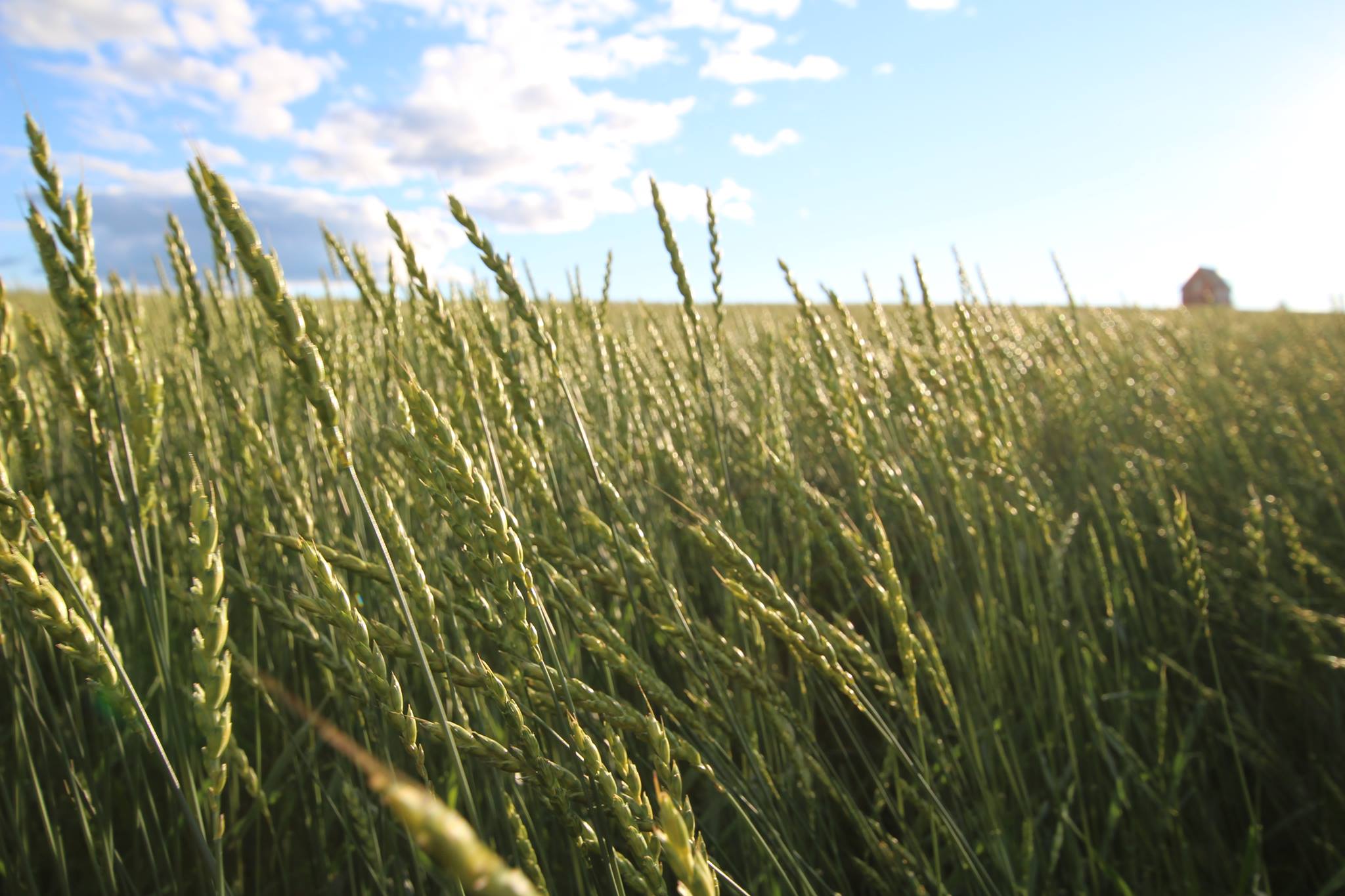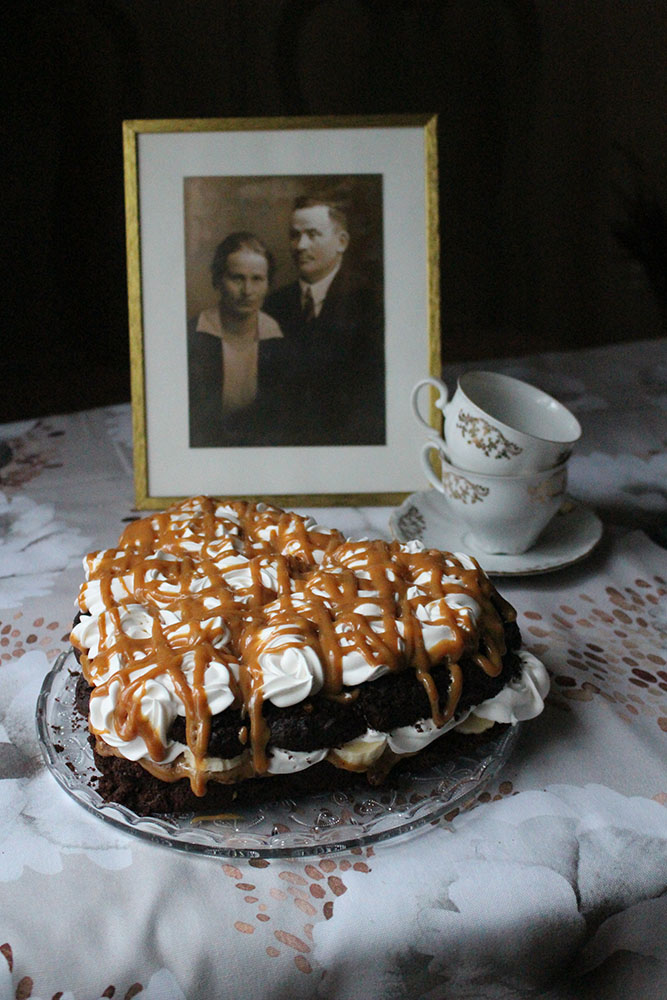
Strength from an ancient grain
Spelt is one of the first cultivated cereals in human history. Spelt has many excellent nutritional properties, such as its fibre and protein content, and suitability for many people with sensitive stomachs. Spelt can be used in many ways for baking and cooking. The flavour of spelt is excellent, delicious and perhaps slightly nutty.

Spelt (Triticumspelta) is an old relative of wheat. The earliest archaeological evidence of spelt dates back to about 9000 years. Spelt is thought to be either from Southwest Asia or Southeast Europe/Middle East. Spelt was known in many places in Europe in the late Neolithic period at the latest. During the Bronze Age, its cultivation spread to larger areas; during the Iron Age, it was one of the most important bread grains in many parts of Central Europe.
Ancient Greek athletes favoured spelt, and spelt was the basis of the diet of ancient Romans. Puls, the pottage cooked from rough spelt grains and water, was one of the oldest basic foods in Rome. Ceres, the Roman goddess of agriculture, was believed to have a very special relationship namely with spelt. Spelt also played an important role in Roman festivities. The most important and festive form of a Roman marriage was confarreatio. A part of the wedding ceremony was that the husband and wife sat on a sheepskin rug together and enjoyed spelt bread in the presence of Flamen Dialis (the high priest of Jupiter), Pontifex Maximus (the leader of the Pontifex priesthood) and ten witnesses. This marriage was believed to be unbreakable.
The oldest evidence of spelt cultivation in Finland have been found in the Salo region, dating back to the 4th century AD, i.e. in the same area where the Birkkala Farm is located. Spelt was a common crop in Europe in the Middle Ages,but it was later replaced by crops of higher yield and easier-to-cultivate crops during the Modern Age and Industrialisation. Nevertheless, the traditional cultivation remained, among other places, in the mountainous regions of Germany, where spelt, a crop suitable for rugged terrains, flourished. More than twenty years ago, when we started cultivating spelt at Birkkala Farm, our seeds also arrived from Germany.
There have been many stories associated with spelt throughout the ages. It is said that the army of the Roman Empire marched with energy gained from spelt,and in the 12th century, Hildegard von Bingen, a Benedictine nun, praised the nutritional values of spelt and stated that it contributes to healing all the diseases, even depression.
Castren, Paavo 2011, Uusi antiikin historia, Otava, Helsinki.
Hersch, Karen K. 2010, The Roman Wedding - Ritual and Meaning in Antiquity. Cambridge University Press.
Hirschfelder, G. 2001, Europäische Esskultur : eine Geschichte der Ernährung von der Steinzeit bis heute, Campus New York, Frankfurt.
Hänninen, M. & Kahlos, M. 2004, Roomalaista arkea ja juhlaa, Suomalaisen Kirjallisuuden Seura, Helsinki.
Rasila, V., Jutikkala, E. & Mäkelä-Alitalo, A. 2003, Suomen maatalouden historia, Suomalaisen Kirjallisuuden Seura, Helsinki.
